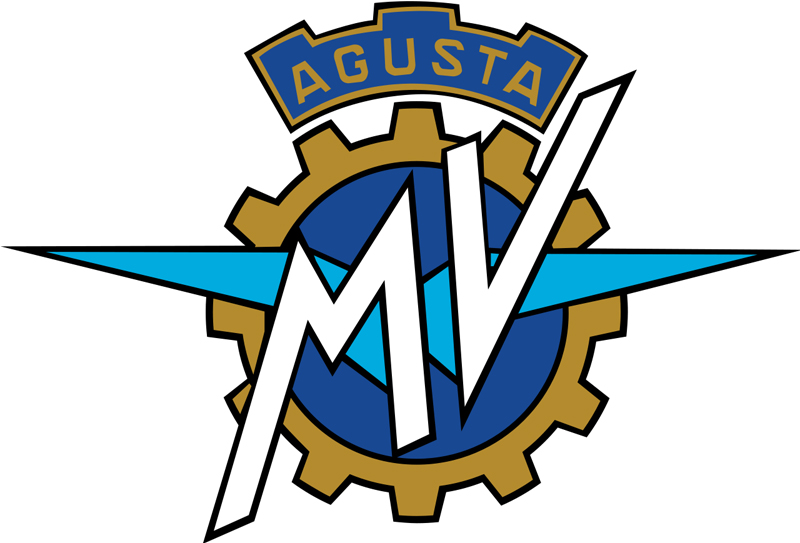2019 Yamaha YZF-R3 Vs Kawasaki Ninja 400- Comparo
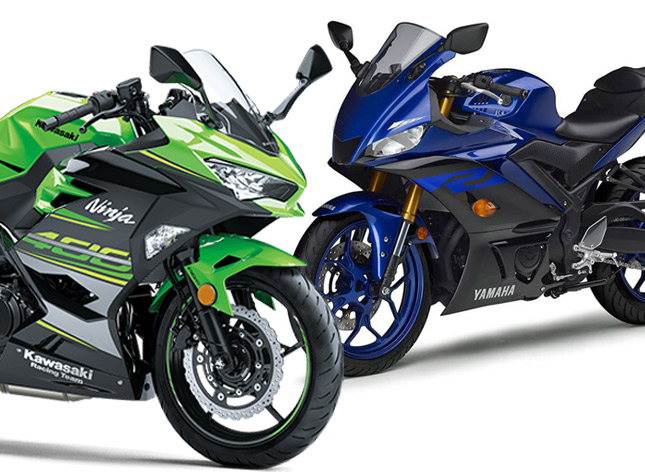 While the KTM dominates sales chart in India, the Ninja 400 has been gaining praise all around the world and is being regarded as the new most standard supersport to buy under 500 cc. In today's comparison, we are going to pit the Yamaha R3 against the new Ninja 400 to see which one of them deserves to be the new king of this segment.
While the KTM dominates sales chart in India, the Ninja 400 has been gaining praise all around the world and is being regarded as the new most standard supersport to buy under 500 cc. In today's comparison, we are going to pit the Yamaha R3 against the new Ninja 400 to see which one of them deserves to be the new king of this segment.








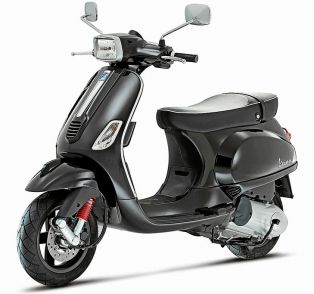


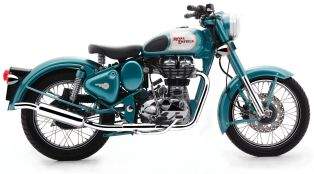
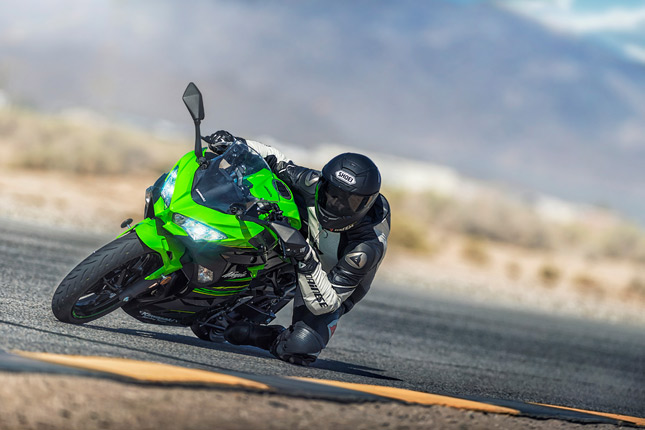 Kawasaki’s latest full faired entry in the middleweight category, the Ninja 400, in many ways, is a great bike. It was launched 8 months ago with a promise of forever changing the middleweight segment. As we all know that it wasn’t able to crack open space for itself in the heart of Indians. Why did it happen that such a neatly designed bike got such a poor reception in India? Let’s take a look at the pros and cons of the motorcycle to understand why.
Kawasaki’s latest full faired entry in the middleweight category, the Ninja 400, in many ways, is a great bike. It was launched 8 months ago with a promise of forever changing the middleweight segment. As we all know that it wasn’t able to crack open space for itself in the heart of Indians. Why did it happen that such a neatly designed bike got such a poor reception in India? Let’s take a look at the pros and cons of the motorcycle to understand why.
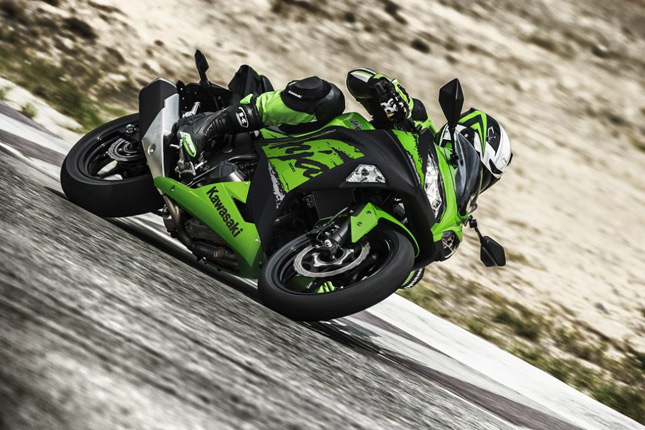 In a surprising turn of events, Kawasaki has delivered a massive blow to almost every other motorcycle manufacturer in India. The company’s most affordable Ninja series bike the 2019 Ninja 300 is re-launched in India with a price cut of Rs 62,000 from its last original price. It has effectively shifted the motorcycle game over its head. When KTM came to India, big single cylinder bikes were made popular. Now with Kawasaki giving the “Greenlight” towards the multi-cylinder platform, the possibilities are endless. Let's take a look at a few of them.
In a surprising turn of events, Kawasaki has delivered a massive blow to almost every other motorcycle manufacturer in India. The company’s most affordable Ninja series bike the 2019 Ninja 300 is re-launched in India with a price cut of Rs 62,000 from its last original price. It has effectively shifted the motorcycle game over its head. When KTM came to India, big single cylinder bikes were made popular. Now with Kawasaki giving the “Greenlight” towards the multi-cylinder platform, the possibilities are endless. Let's take a look at a few of them.
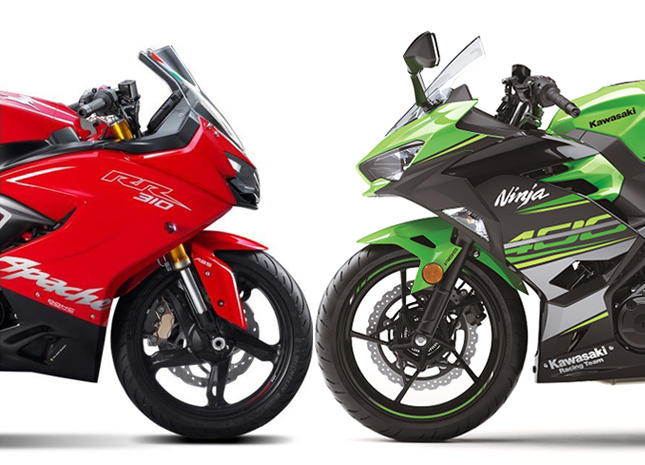 We have a lot of options in the sub 300 cc segment today and many of them are locally produced which offer great value for money. So, it only makes sense that we compare the new Ninja 400 with a recently launched local champion i.e. TVS Apache RR310, of similar characteristics and see if a motorcycle worth Rs 4.6 lakh is worth it or not.
We have a lot of options in the sub 300 cc segment today and many of them are locally produced which offer great value for money. So, it only makes sense that we compare the new Ninja 400 with a recently launched local champion i.e. TVS Apache RR310, of similar characteristics and see if a motorcycle worth Rs 4.6 lakh is worth it or not.
 When I was studying in my 10th grade, there was a green color bike standing next to my tuition center, it looked absolutely gorgeous, I went close to see its name, it said Kawasaki Ninja 250, I didn't have great knowledge about bikes then, but then took up interests to learn a lot about them. Since then I fell in love with that motorcycle just for the way it looked.
When I was studying in my 10th grade, there was a green color bike standing next to my tuition center, it looked absolutely gorgeous, I went close to see its name, it said Kawasaki Ninja 250, I didn't have great knowledge about bikes then, but then took up interests to learn a lot about them. Since then I fell in love with that motorcycle just for the way it looked.
 Kawasaki launched the 2017 Ninja 1000 at a mouth watering price tag of Rs. 9.98 lakh (ex showroom India), all thanks to the SKD (semi knocked down) route. The newly launched motorcycle will be assembled at Kawasaki's new state of the art Assembly plant at Chakan, Pune. The new motorcycle retains everything from the outgoing 2016 model, while the ECU has been tweaked for a smooth power output and engine complying to the new BS4 regulations. Here's an overview of the new 2017 Kawasaki Ninja 1000.
Kawasaki launched the 2017 Ninja 1000 at a mouth watering price tag of Rs. 9.98 lakh (ex showroom India), all thanks to the SKD (semi knocked down) route. The newly launched motorcycle will be assembled at Kawasaki's new state of the art Assembly plant at Chakan, Pune. The new motorcycle retains everything from the outgoing 2016 model, while the ECU has been tweaked for a smooth power output and engine complying to the new BS4 regulations. Here's an overview of the new 2017 Kawasaki Ninja 1000.
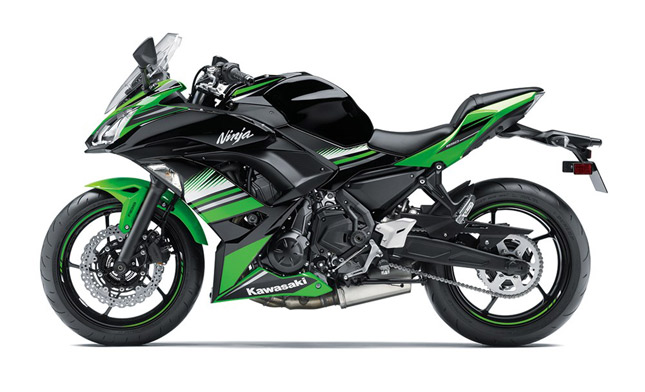 I've been drooling over the way the new 2017 Kawasaki Ninja 650 looks. Not only looks, this hell of a cougar just turned into a Mid twenties sexy chick as its shed weight, got more muscle and looks badass! I mean, its a lot of change for someone who's used to looking at the boring old Ninja 650 on Sunday rides but the new one just blew me, not yet literally though! Below are some pointers to look out for on this new Kawasaki Ninja 650-
I've been drooling over the way the new 2017 Kawasaki Ninja 650 looks. Not only looks, this hell of a cougar just turned into a Mid twenties sexy chick as its shed weight, got more muscle and looks badass! I mean, its a lot of change for someone who's used to looking at the boring old Ninja 650 on Sunday rides but the new one just blew me, not yet literally though! Below are some pointers to look out for on this new Kawasaki Ninja 650-
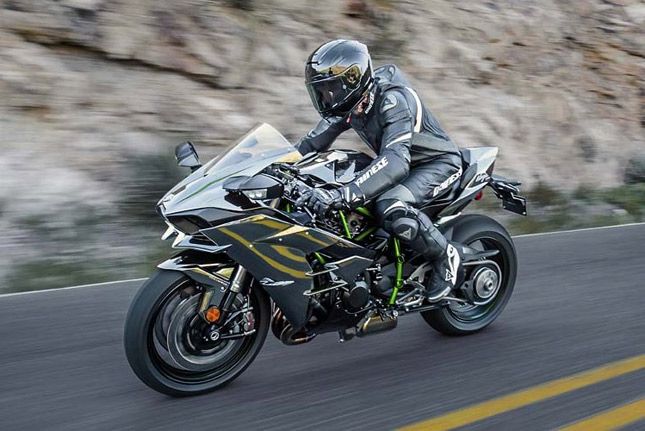 The RAM Air Intake featured on Kawasaki Ninja H2 which gave the bike a boost of another 10 HP taking the entire total to 210 HP for the road legal version. The race stack version though got 310 HP and that is seriously insane making it the fastest production motorcycle available today.
The RAM Air Intake featured on Kawasaki Ninja H2 which gave the bike a boost of another 10 HP taking the entire total to 210 HP for the road legal version. The race stack version though got 310 HP and that is seriously insane making it the fastest production motorcycle available today.
 There are advantages of both types of wheelbases, long as well as short. Just that depends on the type of use. When the wheelbase on the bike is long, the bike has better on road stability. The same is inverse in case of bikes with a shorter wheelbase; the bike can be easily maneuvered, but it loses out on the stability of staying in the road.
There are advantages of both types of wheelbases, long as well as short. Just that depends on the type of use. When the wheelbase on the bike is long, the bike has better on road stability. The same is inverse in case of bikes with a shorter wheelbase; the bike can be easily maneuvered, but it loses out on the stability of staying in the road.
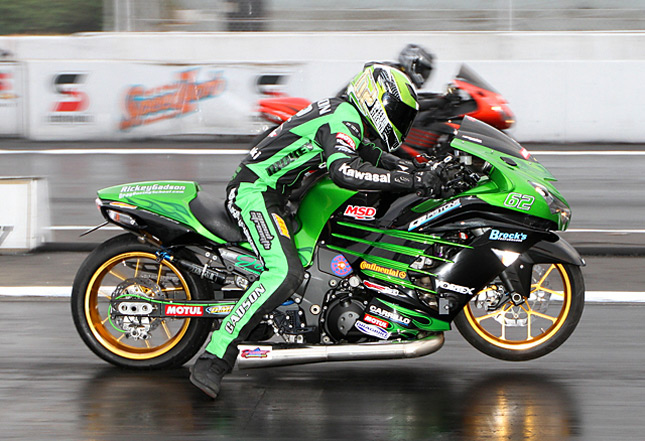 The drag racing scenario in India has gained massive popularity over these few years. Seeing the need for a drag racing event, the good folks at Elite Octane Inc. decided to put together a team of motivated individuals and put together an event called “THE VALLEY RUN” The valley run takes place on an empty airstrip at the Amby valley in Lonavala, Maharashtra. This two day event is the first international drag racing event held in India.
The drag racing scenario in India has gained massive popularity over these few years. Seeing the need for a drag racing event, the good folks at Elite Octane Inc. decided to put together a team of motivated individuals and put together an event called “THE VALLEY RUN” The valley run takes place on an empty airstrip at the Amby valley in Lonavala, Maharashtra. This two day event is the first international drag racing event held in India.














